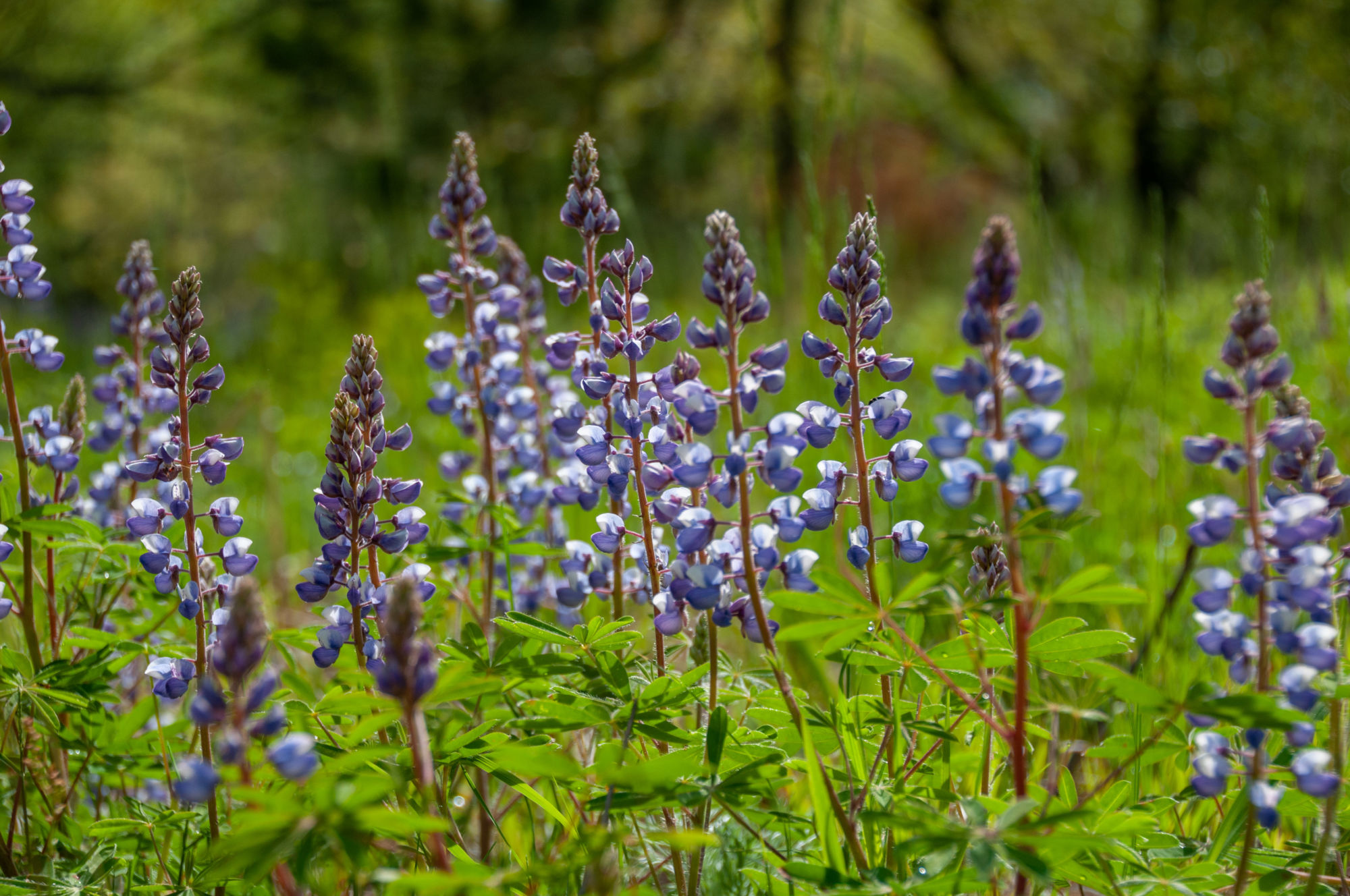
Flower Creek Dunes Nature Preserve: What hope looks like to a bird
Volunteer Preserve Stewards Jill Henemyer and Dotti Clune share their experience caring for Flower Creek Dunes Nature Preserve and why they value this rich landscape.
It doesn’t take much time at Flower Creek Dunes Nature Preserve to realize that it’s a very special place.
Dotti Clune and Jill Henemyer, who have volunteered as Preserve Stewards for Flower Creek Dunes Nature Preserve since it was first acquired, have developed a first–hand understanding of just how special it is.
They first signed on to monitor the preserve and keep up its trails in part because Jill grew up in the Montague area. Her family reunions were often hosted at Meinert County Park, just south of the preserve. Both Jill and Dotti loved the area and relished the chance to spend time in nature there.
“We jumped on the opportunity when it came up,” Dotti said.

Dotti Clune removes a bag of trash collected on the shoreline at Flower Creek Dunes Nature Preserve.
Since then, the two have enjoyed exploring the preserve in all seasons. They visit often to remove debris from the trails and stairs and pick up trash along the beach. They also participate in monitoring for and removing invasive species—work that takes them to all corners of the preserve. Jill and Dotti find the work rewarding because it’s fulfilling to help protect an important natural area, and because any amount of time spent there is restorative.
“You can go out almost any time of year to Flower Creek Dunes and you won’t hear a lot of human noises. That’s something I think we just don’t have the opportunity to enjoy as much now,” Jill said. “In these turbulent times that we’re going through, it’s just a great place to go and become absorbed in nature.”
Because their work takes Dotti and Jill to the preserve at all times of year, they are able to witness the way the landscape shifts as time passes.
“Observing those seasonal changes and changes over time has been fascinating,” Dotti said.
Unparalleled biodiversity, awe-inspiring encounters
Wildlife encounters have also added to the richness of their experiences on the land. Jill recounted seeing Monarch butterflies come in by the dozens, watching merlin hawks snack on dragonflies in the dunes and catching glimpses of piping plovers, fox and deer.
“There are so many different small moments where you witness life that you wouldn’t necessarily be able to see other places,” Dotti said.
Seeing the many different migrating and resident bird species at the preserve has been particularly special for Jill, who has been an avid birder most of her life. Flower Creek Dunes Nature Preserve includes a variety of habitat types that make it uniquely able to support an abundance of bird species. On eBird, visitors have catalogued 150 species of birds at the preserve.
“I attribute that to the fact that there are a number of different habitats coming together right there,” Jill said, citing the marsh, the riparian corridor along Big Flower Creek, the dunes and the forest.
Birds are particularly at risk for habitat loss as a result of climate change and other factors. Jill recalled a 2014 report from Audubon that said 314 North American bird species are projected to lose more than half of their current range before the end of the century. Several dozens of the affected species have been spotted at Flower Creek Dunes Nature Preserve, she said.
“Being along a migratory pathway on Lake Michigan, this is a really critical piece,” Jill said.
As important as its location on the migratory flyway is the area’s plentiful connected and healthy habitat.
“I recently heard a hooded warbler singing out there, and it’s a species that needs a fair amount of in-tact forest in order to nest. It’s not going to nest in somebody’s backyard,” Jill said. “I think it’s really important to keep these pieces of land together so we can provide that habitat.”
Maintaining critical connections: the work of a land trust
Preserving critical connections is a key motivating factor in the Land Conservancy’s campaign to acquire 43 acres of forested dune habitat just east of the preserve. The land trust’s acquisition of this land will keep these important habitats intact and protected for generations to come.
“Habitat loss is ongoing and never ending. Saving places like Flower Creek Dunes is critical,” Jill said. “Somewhere in that September/October 2014 issue of Audubon was a phrase that I’ve held onto: ‘You are what hope looks like to a bird.’ Frankly, I think Flower Creek Dunes is what hope looks like to a bird.”
The campaign to “back the dunes” at Flower Creek Dunes Nature Preserve is only the most recent chapter in a long history of the Land Conservancy’s efforts to protect this biodiverse selection of habitats. It began with the Land Conservancy’s collaboration with Muskegon County to more than double the size of Meinert County Park in 2010. In 2012, with the help of many generous donors, the Land Conservancy acquired Flower Creek Dunes Nature Preserve and then more than doubled its size in 2017. The Land Conservancy has also worked with nearby landowners to establish conservation easements that permanently protect private property in the area. One of those individuals, Doug Paprocki, is the landowner who has committed to selling his property to the Land Conservancy so it may be protected and cared for as part of the expanded preserve.
“I always have to acknowledge the phenomenal number of relationships over long periods of time that the work of the conservancy requires,” Dotti said. “When people think of conservancies, they think of biologists and environmentalists. Those people play an important role, but making connections with property owners, various governmental bodies and philanthropic organizations is huge.”
Connections with volunteers like Jill and Dotti are equally as important, and the Land Conservancy is grateful to have the support of two people who so ardently care about protecting natural lands in West Michigan.
“It’s really important work that the conservancy is doing, and I really value the opportunity to support that work,” Dotti said. “Jill and I both have a huge appreciation for that and for just a deep sense of gratitude that people for generations to come, long after we are gone, will be enjoying these preserves.”
Help create more connected habitat at Flower Creek Dunes Nature Preserve. Make a donation to support the Land Conservancy of West Michigan’s acquisition of 43 acres of forested dunes adjacent to the preserve. Learn more here.





